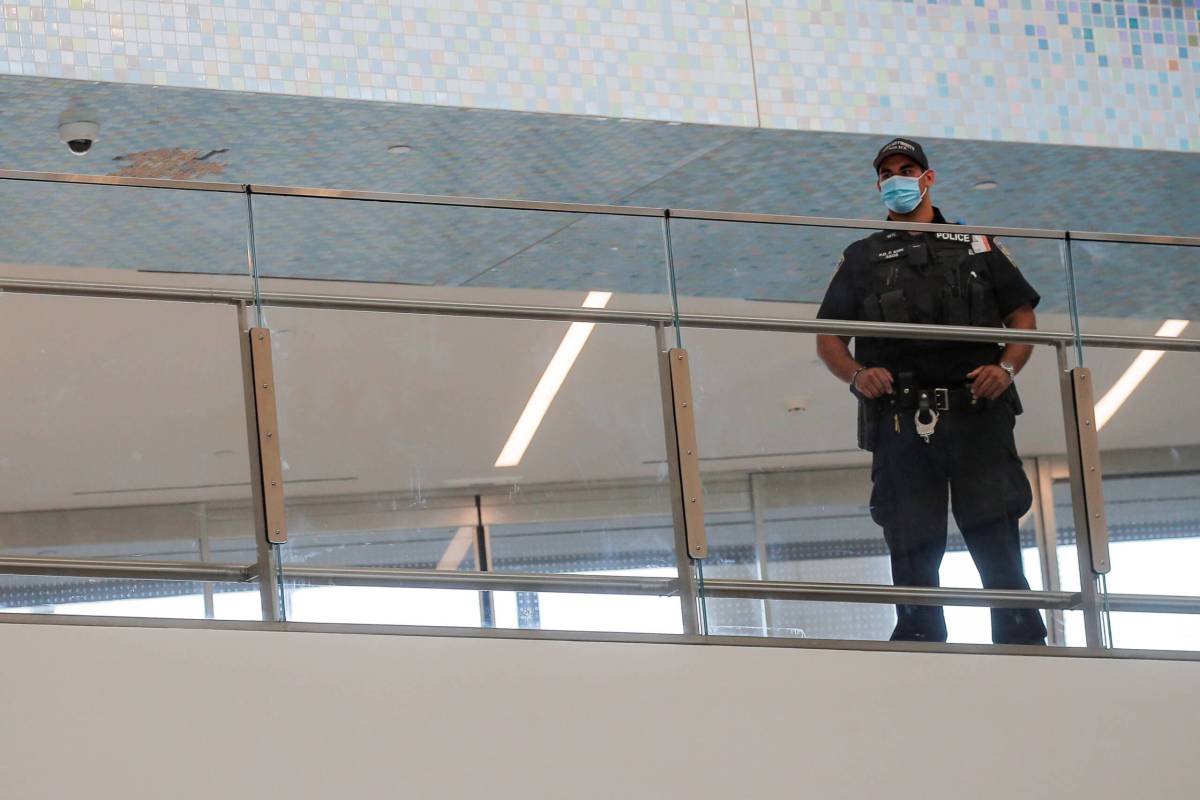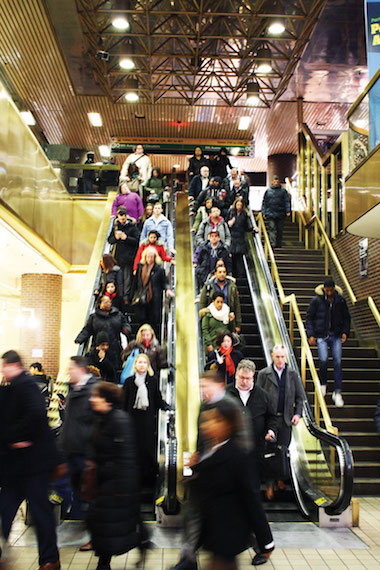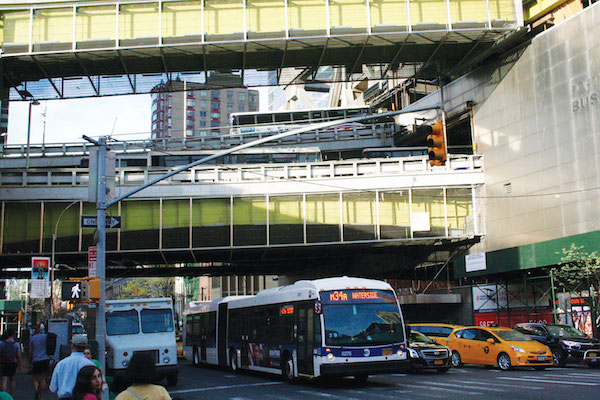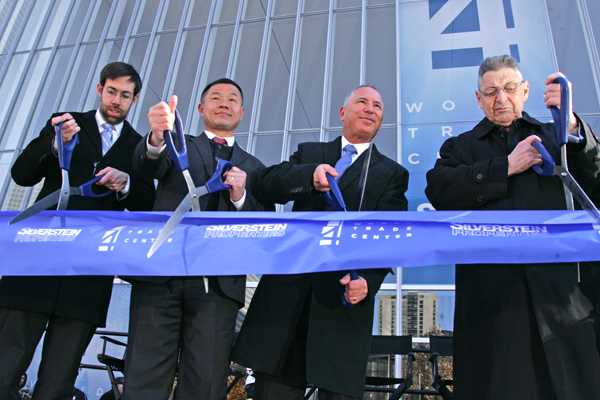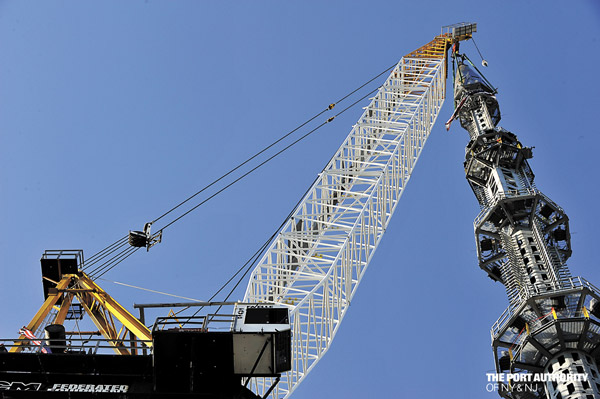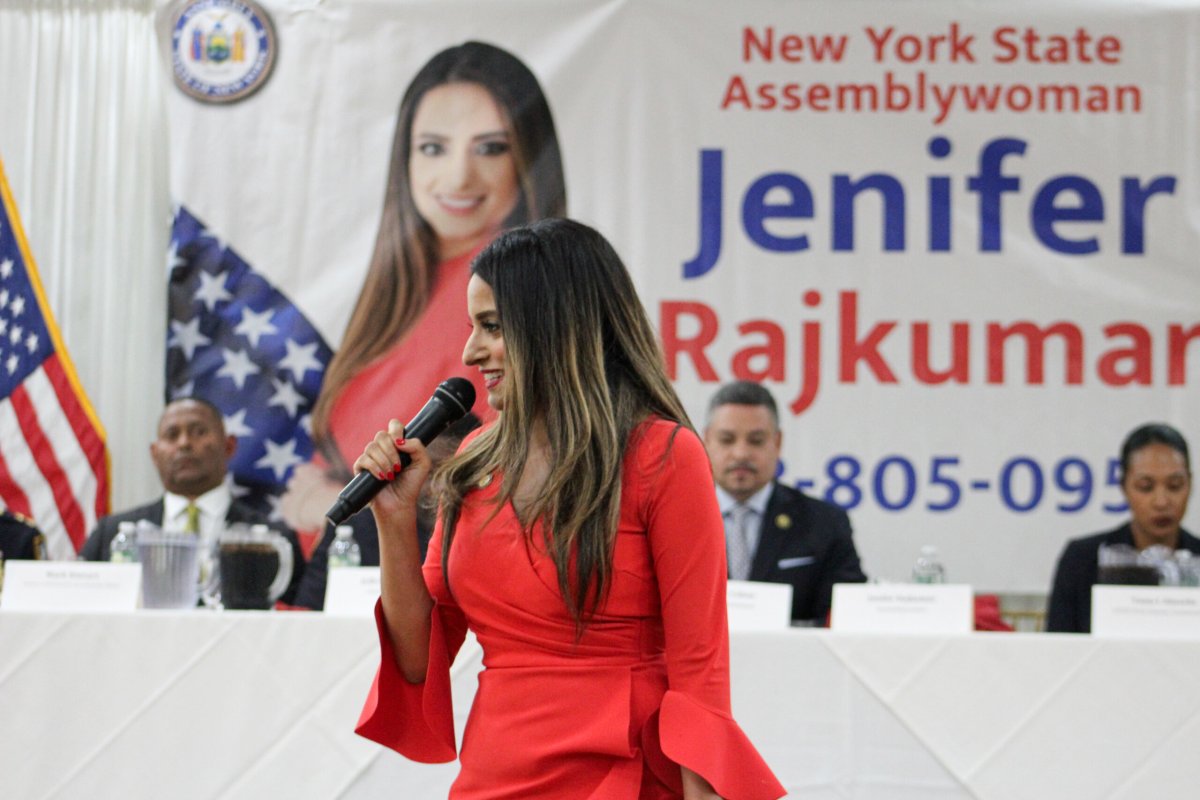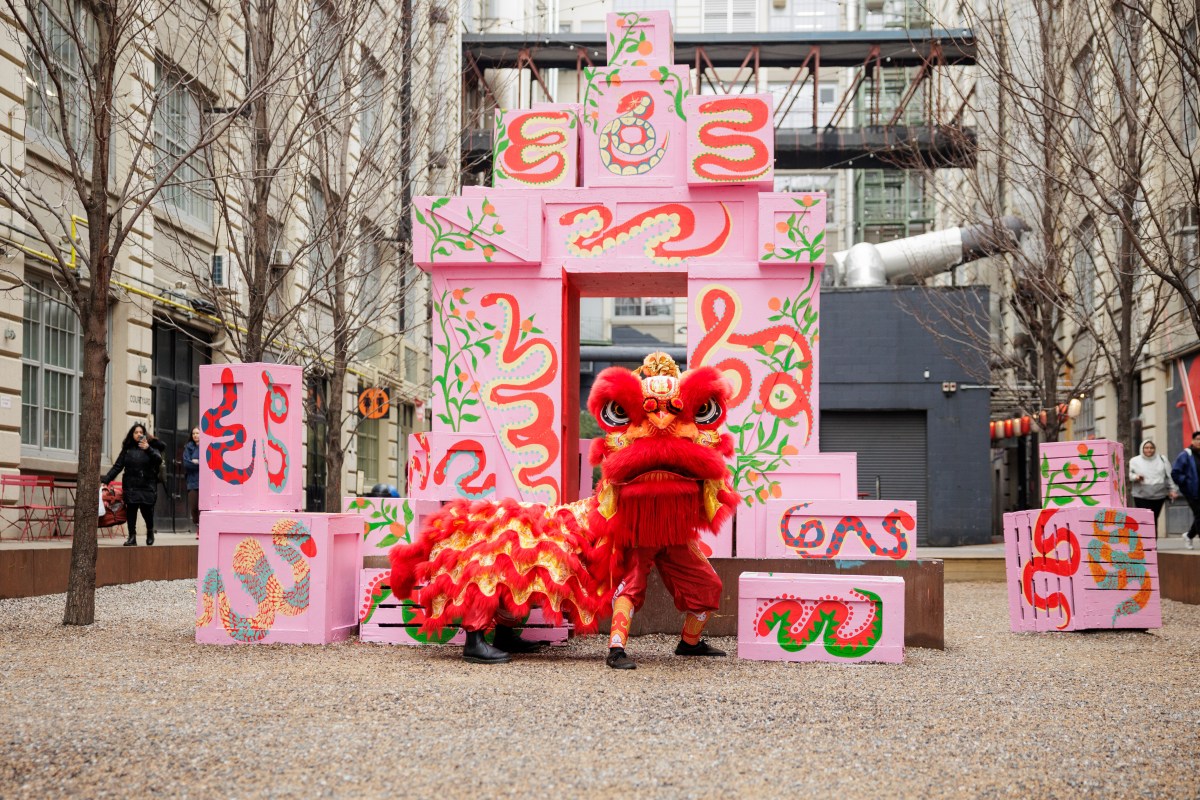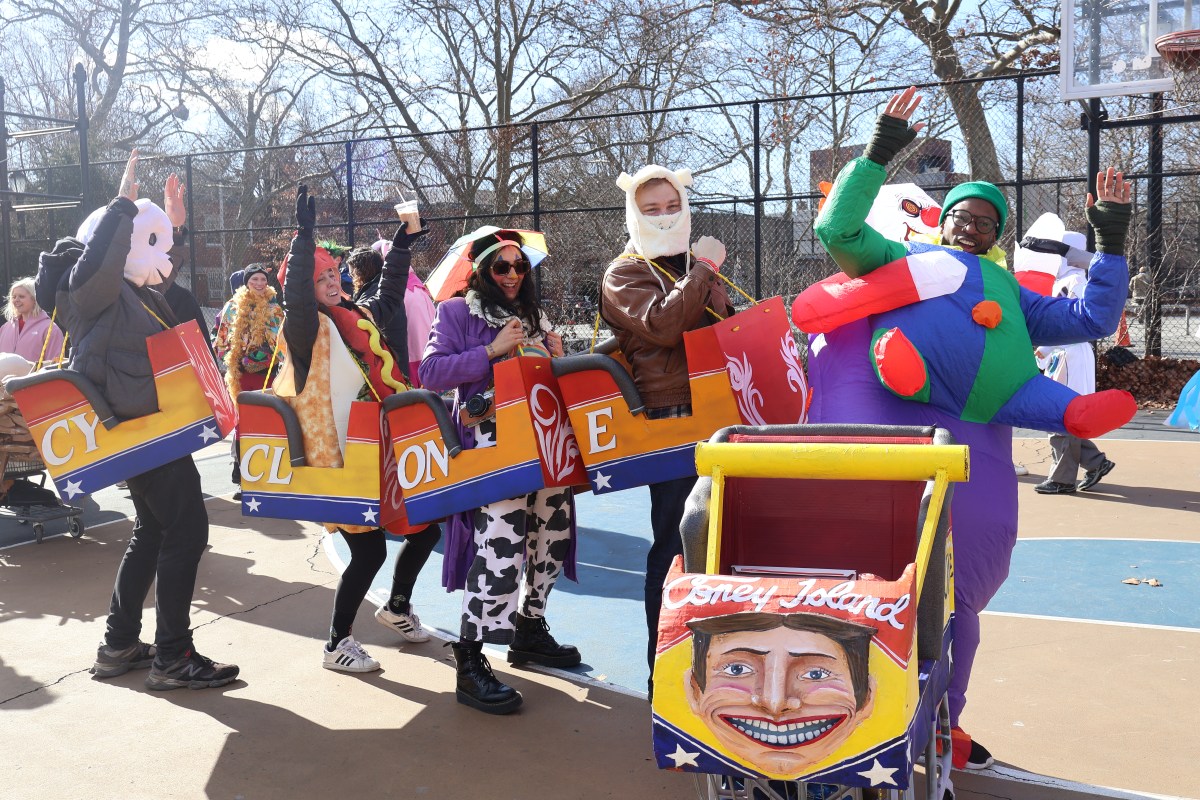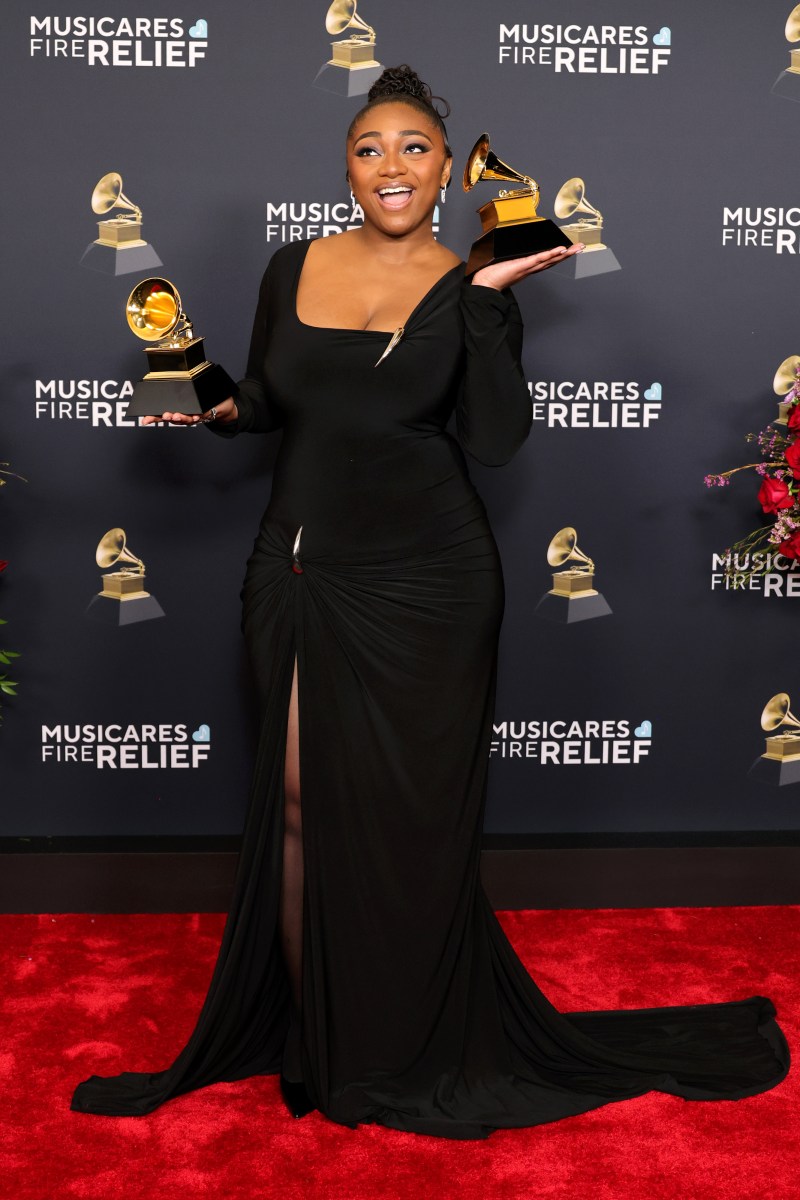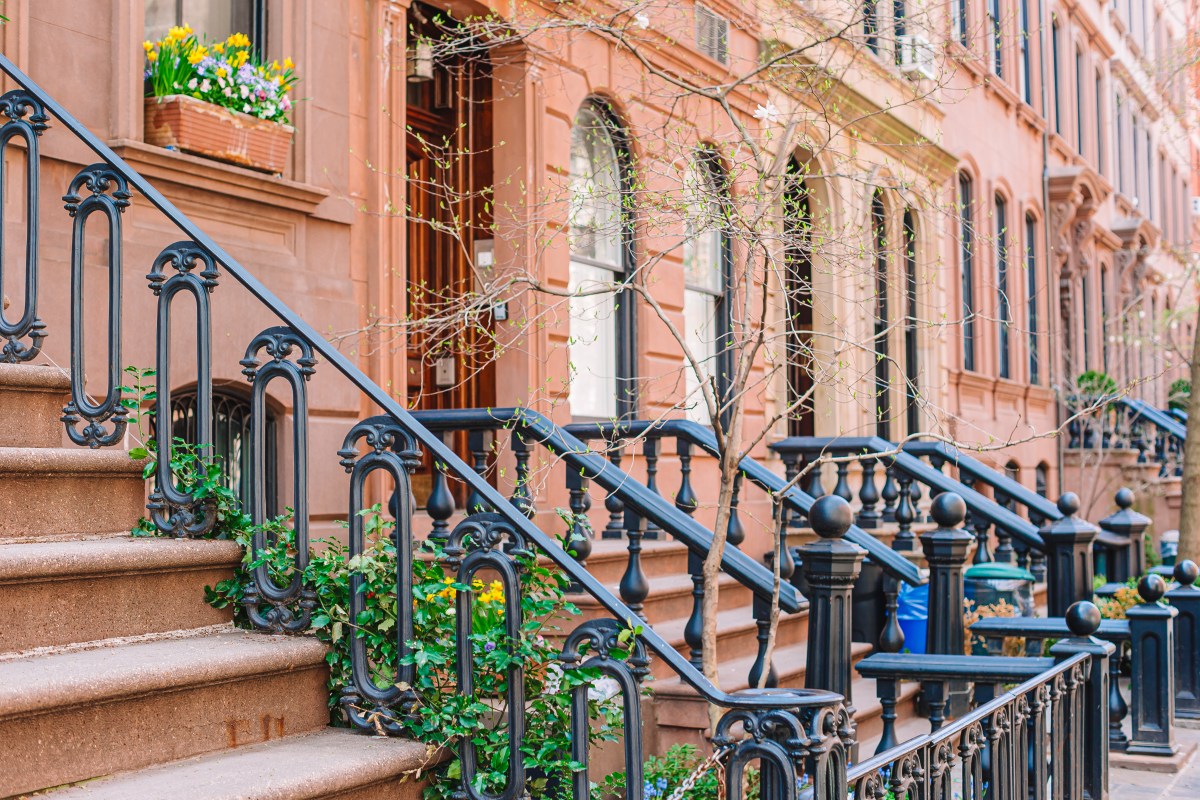Police with the Port Authority of New York and New Jersey have issued more than double the fines for people not wearing masks compared to the Metropolitan Transportation Authority, according to figures provided by both agencies.
The Port Authority Police Department has issued 173 fines to date for people flouting the federal pandemic mandate inside the bi-state agency’s facilities, which includes PATH trains and stations, five airports, the Midtown Bus Terminal, and the George Washington Bridge Bus Station.
That’s more than twice the 76 fines MTA PD has handed out since September 2020, when then-Governor Andrew Cuomo ordered the agency to bolster its enforcement of the COVID-era rules that had been in place since April.
The 2,300-strong PA force has also made 15 arrests for masks, while distributing about 2.6 million face coverings and making more than 137,000 “outreach contacts” for masks since July 2020, according to figures provided by agency rep Scott Ladd.
The MTA’s law enforcement arm, however, has less officers at a little more than 1,000 PD members who patrol the Metro-North Railroad and Long Island Rail Road and their stations like Grand Central Terminal and Penn Station, the Staten Island Railway, and MTA buses.
The Port Authority announced in October 2020 it would start fining people $50 for failing to wear a mask or face covering on their properties, starting in November.
The MTA promoted a mask enforcement blitz in September 2021 and handed out 34 of its fines since then, largely within the first week of the announcement.
MTA’s subway stations and trains are patrolled by NYPD, but the Department has repeatedly stayed mum about how many fines they have issued for mask noncompliance.
NYPD Transit Bureau Chief Kathleen O’Reilly told an MTA board member who asked for the figures Monday that they’ve only handed out “very few” summonses for no masks.
O’Reilly said at MTA’s New York City Transit committee meeting on Dec. 13 that she could get a breakdown for the fines “at a later date,” but a police spokesman declined to provide that data or say whether she had followed up with transit leaders.
The rep instead re-sent amNewYork Metro the same statement provided for a previous story that said the Boys in Blue are focusing on getting riders to comply voluntarily.
“Garnering voluntary compliance is the best approach for everyone, and we find that almost every time we encounter someone who isn’t wearing a mask, when we ask them to put one on, they comply. We’re focused on the end result, compliance with the mask mandate – and this has been a very effective approach,” said Sergeant Edward Riley in an email.
The rate of passengers not wearing masks was at 11% on subways and 6% on buses in early November, up from 2% and 1% respectively in May, according to MTA’s latest compliance stats.
The Port Authority does not track mask compliance rates in its system, according to Ladd.
Officials with the MTA and the Port Authority have also stressed they prefer asking straphangers to mask up before dishing out the tickets.
“When MTA police officers … approach someone who is not wearing a mask or wearing one improperly, the outcome has been overwhelmingly positive, with customers donning a mask,” said MTA spokesperson Michael Cortez in a statement. “This is shown through the over 130,000 positive encounters officers have had with customers, including the distribution of nearly 80,000 free masks, since the mask summons went into effect. This effort is on top of the 13.4 million of masks the MTA has made available to customers.”
MTA acting Chairperson and CEO Janno Lieber on Wednesday said he didn’t know how many fines NYPD had given out either, but urged them to help the transit agency enforce the mask rules.
“I am urging NYPD to be active in enforcing and joining forces with us to enforce all kinds of rules of behavior in the system, mask compliance is one of them,” Lieber told reporters during a press conference following MTA’s monthly board meeting Wednesday. “I’m not counting the number of summonses I am counting the number of times that they tap somebody on the shoulder and encourage them.”



